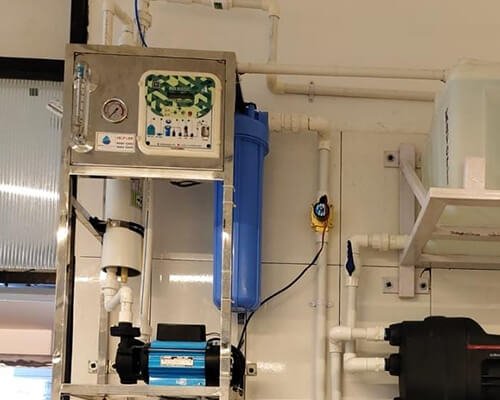Automatic Water Level Controller
An Automatic Water Level Controller is an essential device for managing the water levels in overhead tanks, bore wells, and other water storage systems. Designed to provide convenience and efficiency, it automatically controls the operation of water pumps, ensuring that the tank is filled to the desired level without manual intervention. The system detects the water level in the tank using sensors and automatically starts or stops the pump based on the water level, preventing overflow and dry running of the pump.
This smart solution not only saves water but also reduces the risk of damage to pumps caused by continuous operation when the tank is already full. By ensuring that water is used efficiently, it helps conserve both water and electricity, making it an eco-friendly and cost-effective addition to any home or commercial establishment.
How Does an Automatic Water Level Controller Work?
The working mechanism of an Automatic Water Level Controller is quite simple yet highly effective. Here’s how the device operates:
- Water Level Detection: The system is equipped with sensors (typically ultrasonic, float-based, or conductive type) that continuously monitor the water levels in the tank or reservoir. These sensors are strategically placed at different levels in the tank to detect the water level at any given time.
- Triggering the Pump: When the water level in the tank drops below a certain low level, the sensor sends a signal to the control unit, which activates the water pump. The pump starts filling the tank with water.
- Shutting Off the Pump: As the water level in the tank rises and reaches a predefined high level, the sensor detects it and signals the control unit to turn off the pump. This stops the water supply and prevents overflow.
- Continuous Monitoring: The entire process is continuous, with the controller constantly monitoring the water level, ensuring the pump operates only when necessary, based on real-time requirements.


